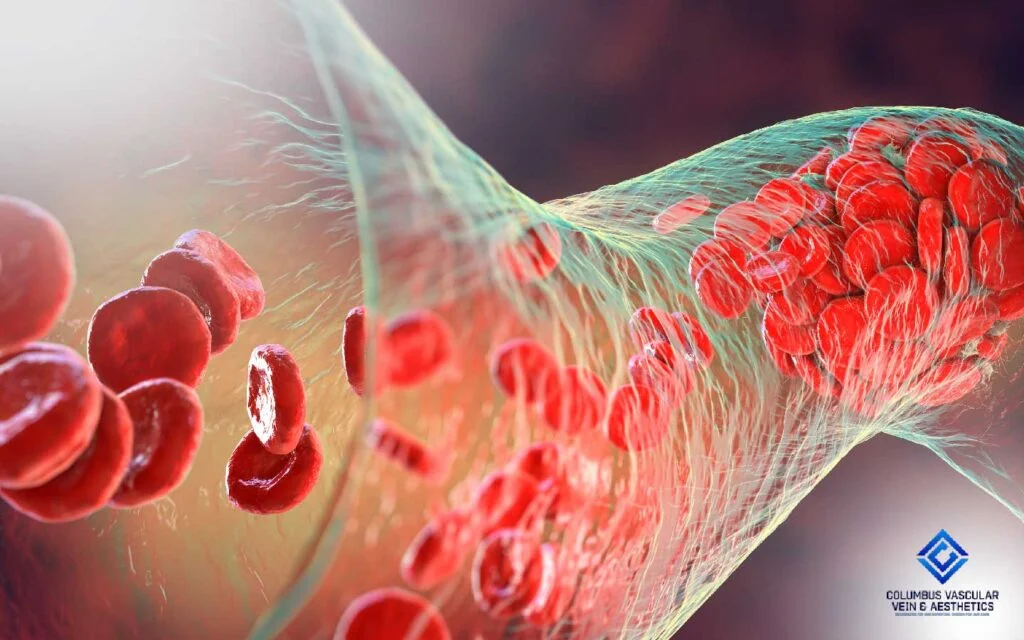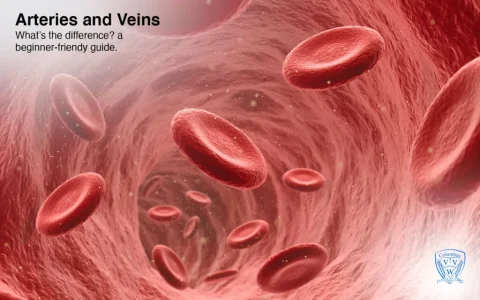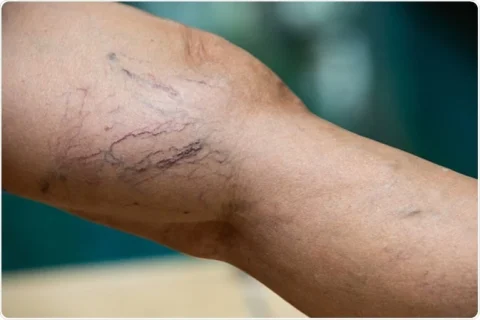The veins are a complex network of passages tasked with moving blood throughout the body to supply vital organs and keep our bodies functioning as nature intended. Different veins and varicose veins classify them based on how they work, where they are located, and the degree of insufficiency present.
This post discusses the three main vein types and the categories of varicose veins to help you better understand how we view them, classify them, and eventually treat them. No one treatment is best for all situations, and we use this kind of information in deciding what the best treatment is for you in your time of need.
Vein types
There are three types of veins: superficial, deep, and perforator veins. Their name describes their location in the body.
Deep Veins
Deep veins are located deep inside the body. They are usually much larger than superficial veins and run through the thigh and calf muscles. A deep vein that is situated near an artery will have the same name as that artery. There are seven in total throughout the body, and all are located in the legs. Since they carry a large amount of blood, an obstruction in one of these veins can often be life-threatening and requires treatment right away. Clotting or thrombosis is the cause of obstruction in deep veins. Deep vein thrombosis (DVT) happens when a blood clot forms in one of these veins.
Superficial Veins
Superficial veins lie closer to the skin and thus are often visible to the naked eye. They are the veins that will appear when using the extremities, like the veins in the arms that swell when using your hands to lift weights or those that can appear in the forehead. Vessels in the superficial veins carry blood from the tissues closer to the skin’s surface to the deep veins. From there, deep veins will push the blood back toward the heart.
There are two types of superficial veins located in the lower extremities:
- The Great Saphenous Vein (GSV) is one of the most prominent superficial veins in the leg and the longest in the entire body. It is found along the length of the lower limb and brings blood from the thigh, calf, and foot to the deep vein known as the femoral vein, which coincides with the femoral artery, located in the upper thigh – an area known as the femoral triangle.
- The Lesser Saphenous Vein – is a smaller vein when compared to the GSV. This vein connects to and transports blood throughout the leg’s lateral surface and the popliteal vein.
Superficial veins are responsible for managing and monitoring your body’s temperature. When your body becomes too hot, the deep veins push blood to the superficial veins to displace heat to other parts of the body, lowering its temperature.
Superficial venous insufficiency
Conditions in the superficial veins in the leg are disabling and quite common. If they go left untreated, the patient’s quality of life can rapidly decline. Almost 50 percent of people suffer from superficial vein disease, which presents as reticular or spider veins.
20-25 percent of people see this issue present as varicose veins and sometimes changes in the color of the skin and ulcerations on the surface of the skin, which will require immediate treatment to avoid infection and other major health concerns.
Perforator Veins
The final vein type, known as a perforator vein, is a hybrid type of vein that connects the deep and superficial venous systems. When these veins have issues and blood begins to flow backward, it presents as varicose veins. Cases like this occur most often in the lower leg, calf, and ankle.
Perforator veins in reflux often cause ulcers and discoloration of the skin. Once treated, the skin will stop the process of discoloration, and ulcers can heal.
Classifications of chronic vein disease (CVI)
We often use classifications to communicate with our team on what issues exist in a patient’s veins. Some of them are as follows:
- C0 – there are no apparent or visible signs of vein disease.
- C1 – Spider veins or Reticular Veins
- C2 – Varicose veins
- C3 – Edema
- C4a – Pigmentation or eczema
- C4b – Lipodermatosclerosis or atrophie blanche
- C5 – Healed venous ulcer
- C6 – Active venous ulcer
Treatment for venous insufficiency in Columbus, OH
CVVA is a top vein treatment provider in the Columbus, OH, area if you’re suffering from vein health issues. Get in touch with us today to schedule a private consultation to go over your vein health issues and how we can solve or improve them together.





